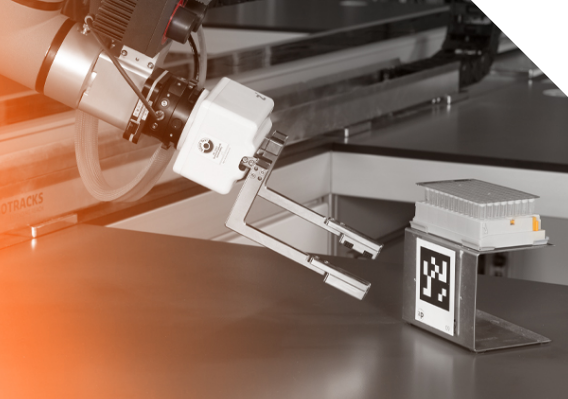What is Lab Automation Software?

Share this article
Laboratory automation software is generally a suite of computer programmes that automate various processes across laboratories. Software can be used in labs to execute different tasks, including data collection, data analysis, and sample collection.
Labs benefit from automation because it speeds up time-consuming processes, takes away the risk of human error from what can be a high-stakes environment, and contributes to a much smoother workflow. Software like LabExpert® has intuitive, programmable interfaces that integrate with existing systems to alleviate time and resource pressures for different tasks.
Software can be highly flexible, adapting to different needs as the lab is scaled up and expanded. The key goal when using software for lab automation is to enhance laboratory efficiency while retaining precision. The benefits of using lab automation software include:
- Greater accuracy
- Expanded lab capability
- Less risks
- Optimised resources usage
Key components of lab automation software
Main components of lab automation software include sample managements, data integration, workflow automation, and instrument control. These work together to orchestrate a smooth work flow.
1. Sample Management
One of these key components is sample management. Lab automation software is an alternative to manual sample management. Automating this task can reduce the risk of errors and contamination while still being efficient.
2. Data Integration
Another key function is the ability to integrate data from several laboratory sources, for example if you're using different instruments within the lab. The benefit of using different data sources is to ensure that you have access to a wide variety of data to improve the accuracy of the research.
3. Workflow Automation
Instead of having lab employees focus their time on routine lab processes which are often time consuming, automating lab workflows with software means that lab professionals have more time to focus on complex research and development tasks instead.
4. Instrument Control
Another key element of laboratory processes is controlling and monitoring lab instruments to ensure accuracy. Automation software means that instruments can be remotely controlled by research as well as monitored away from the lab.
Learn how you could benefit from lab software
There has never been a better time to invest in automation software for your laboratory. Technology is growing, evolving, and more widely available than it ever has been before.
If you're looking to explore lab automation software for your lab, please feel free to contact us today with any questions you may have about how software could increase your efficiency. Our product LabExpert® is the leading lab automation software solution.
Talk to us about LabExpert®


